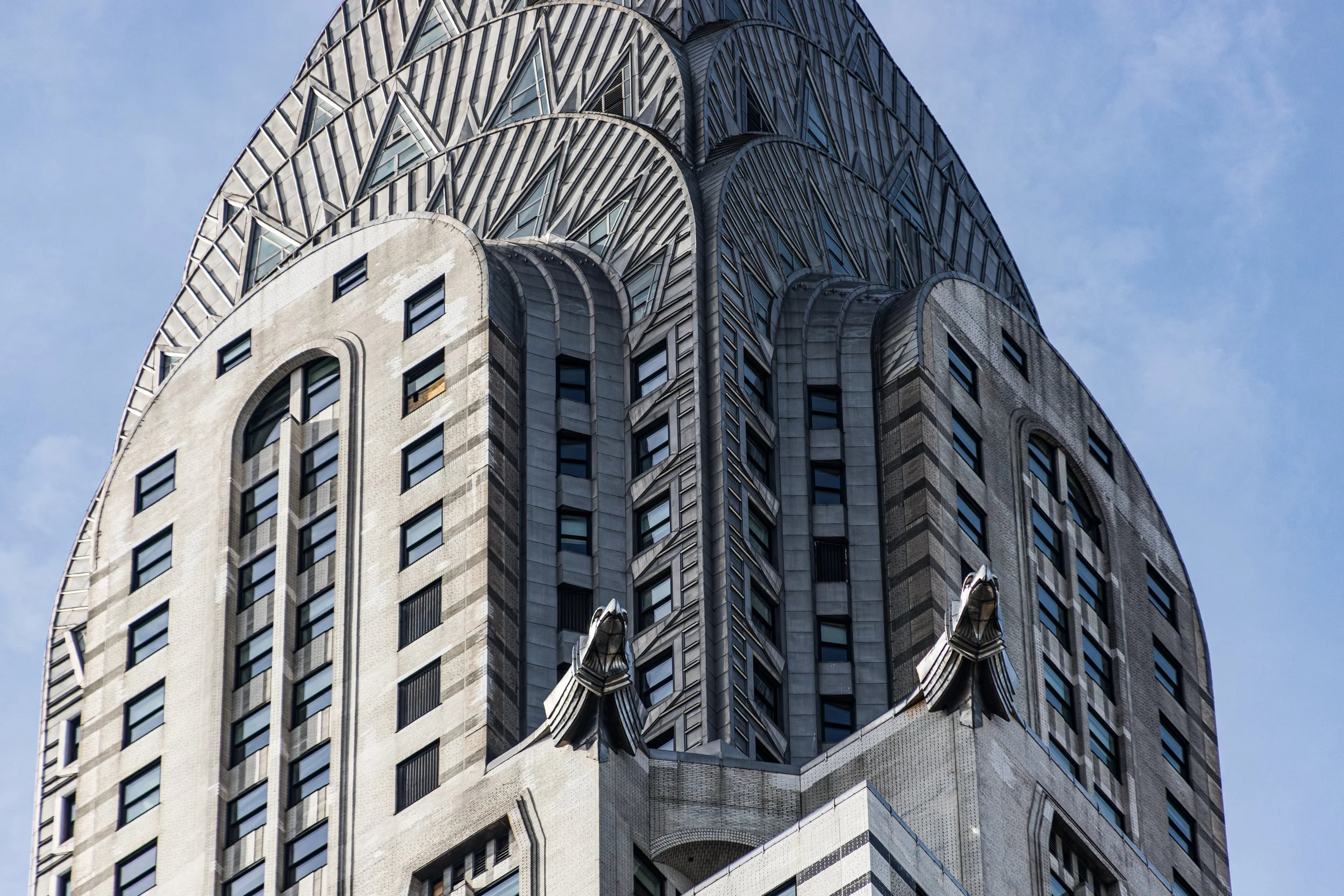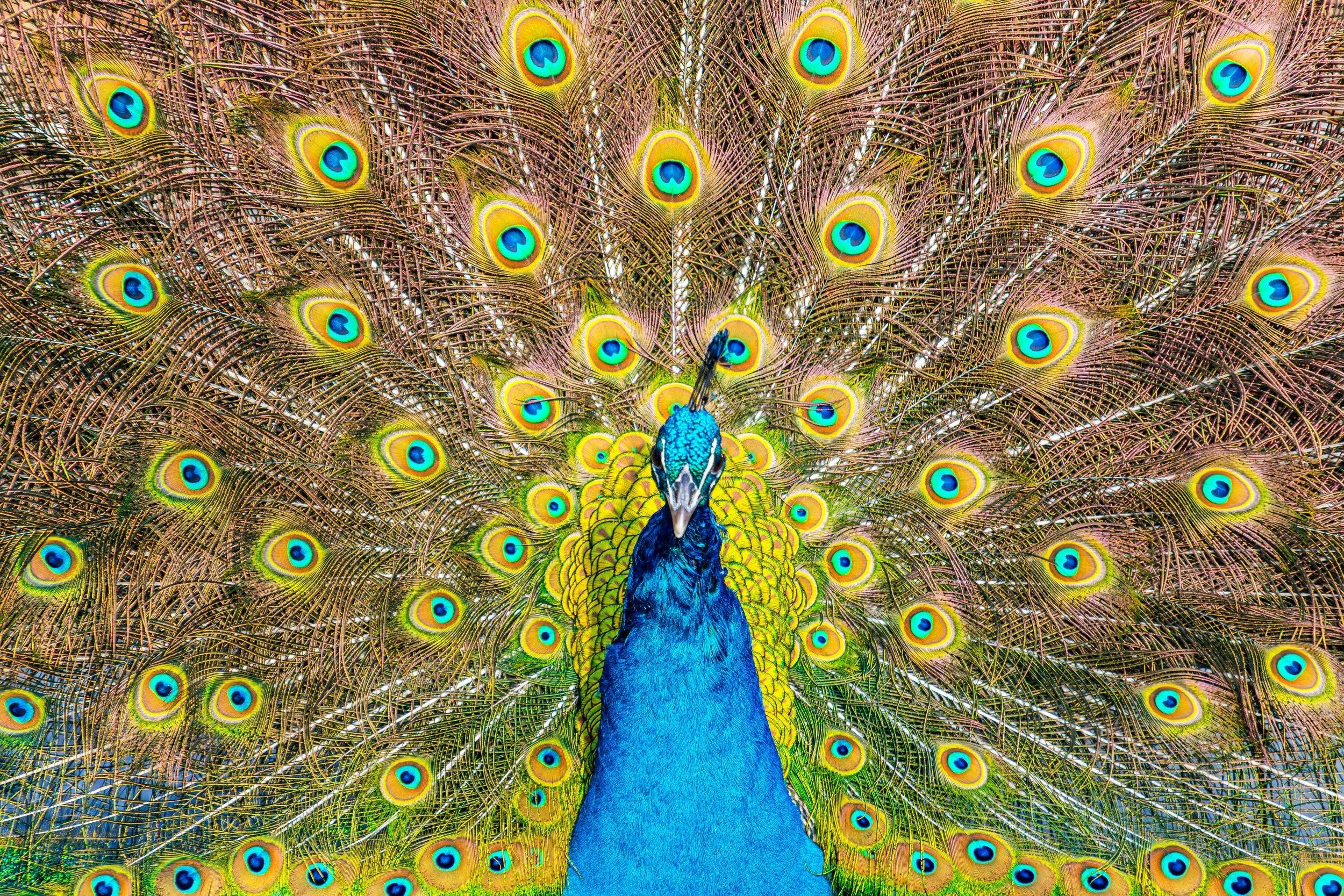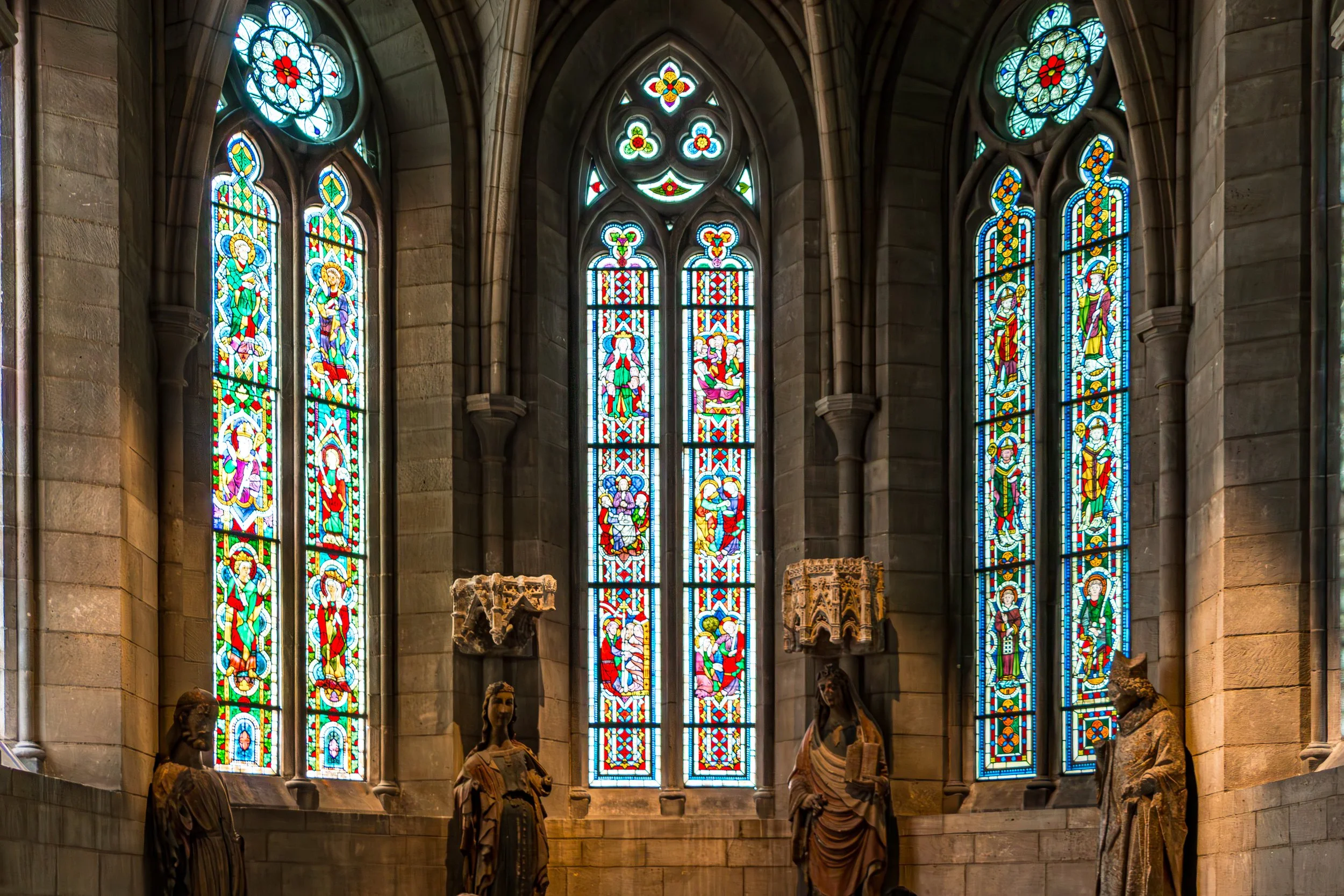
THE EXHIBITIONS OF NEW YORK
Few cities have turned creativity into civic identity quite like New York. From the marble halls of The Met and the Cloisters to the experimental pavilions of MoMA PS1, from the sculptural quiet of Little Island to the open canvases of its murals and parks, the city exists as a gallery in perpetual renewal.
Exhibitions of New York explores those spaces where art and urban life converge — where architecture becomes stage, and the public realm transforms into expression. Within these institutions and open-air installations, culture is not merely displayed but lived, refracted through the diversity of the city itself.
Here, every museum is a dialogue, every performance a reflection, and every work — whether enshrined in marble or painted on brick — a continuation of New York’s oldest truth: that art is the city’s most enduring architecture.
The Exhibitions:
Bronx Zoo
The Bronx Zoo, officially known as the Bronx Zoological Park, occupies 265 acres of parkland within Bronx Park, bordered by Southern Boulevard to the west, Bronx River Parkway to the east, and East Fordham Road to the north. It lies at the heart of the Bronx’s greenbelt, flanked by the New York Botanical Garden to the north and Bronx Park East to the south. The Bronx River, the city’s only freshwater river, meanders through the zoo’s wooded landscape, dividing its sweeping grounds of forests, meadows, and carefully designed exhibits.
Unlike the urban grid that surrounds it, the Bronx Zoo opens into a world of open-air enclosures, historic Beaux-Arts architecture, and restored wetlands. Its pathways weave through old-growth forest, savannas, and tropical habitats that reflect ecosystems from every continent. At once a scientific institution, a public park, and a cultural landmark, the Bronx Zoo stands as one of New York City’s great civic treasures—an enduring dialogue between wilderness and metropolis.
Cloisters
Perched high on the northern cliffs of Manhattan, The Cloisters commands sweeping views over the Hudson River from its site within Fort Tryon Park in the Inwood section of Upper Manhattan. Located at 99 Margaret Corbin Drive, it occupies approximately four acres of landscaped terraces and gardens designed to evoke a medieval monastery nestled amid New York’s most tranquil parkland. The site overlooks the Palisades across the river in New Jersey—a vista chosen deliberately for its quiet grandeur and timeless natural frame.
The museum’s limestone walls rise above the park’s forested slopes, blending seamlessly with the surrounding landscape. Within its gates, cloistered courtyards, stone arcades, and herb gardens form an architectural and spiritual refuge from the city below. Here, Manhattan’s northern tip transforms into a realm of medieval Europe—where art, architecture, and nature unite in contemplative harmony.
Metropolitan Museum of Art
The Metropolitan Museum of Art, universally known as The Met, stands along the eastern edge of Central Park at 1000 Fifth Avenue, between East 80th and 84th Streets in Manhattan. Spanning more than two million square feet, it is not only the largest art museum in the United States but one of the most significant cultural institutions in the world. Its commanding Beaux-Arts façade, designed by Richard Morris Hunt and completed in 1902, opens onto Fifth Avenue’s Museum Mile, while its rear terraces and sculpture garden gaze westward over the trees and reservoirs of Central Park.
The museum’s main building—colloquially called The Met Fifth Avenue—anchors a global constellation that includes The Met Cloisters in Fort Tryon Park. Together, these sites form an artistic geography within the city: one urban and monumental, the other contemplative and medieval. Inside the Fifth Avenue building, more than 2 million works of art stretch across 5,000 years of human creativity, from ancient Egypt and classical Greece to modern and contemporary masterpieces. To walk its halls is to move through the history of civilization itself.
American Museum of Natural History
The American Museum of Natural History (AMNH) occupies a vast, park-facing campus along Central Park West, between 77th and 81st Streets on Manhattan’s Upper West Side. Bordered by Columbus Avenue to the west and Central Park to the east, the museum forms the western anchor of the city’s great cultural landscape, facing the New-York Historical Society across 77th Street and connected by the Theodore Roosevelt Park to the green expanse beyond.
Its complex of 22 interconnected buildings—comprising over 2 million square feet—houses some 34 million specimens and artifacts, ranging from dinosaur fossils and meteorites to cultural artifacts, digital planetarium systems, and genomic laboratories. From the iconic Central Park West façade crowned by Theodore Roosevelt’s equestrian statue to the gleaming glass cube of the Richard Gilder Center for Science, Education, and Innovation (2023), the AMNH is both monument and organism: an evolving organism of science, history, and imagination in the heart of New York City.
CityChroniclesNYC
-

The Streets
The streets of New York form the living framework of the city — a network of energy and intention carved through centuries of movement. They are the city’s arteries, drawing millions through their corridors each day; a language of pavement and pattern that speaks of order and chaos in equal measure.
-

The Landmarks
The landmarks of New York are its great signatures — the visible testament to ambition and endurance written across stone, steel, and sky. From the Statue of Liberty’s raised torch to the Gothic crown of the Woolworth Building, from Grand Central’s constellations to the towering planes of the Empire State, each landmark embodies a chapter of the city’s identity.
-

The Exhibitions
Few cities have turned creativity into civic identity quite like New York. From the marble halls of The Met and the Cloisters to the experimental pavilions of MoMA PS1, from the sculptural quiet of Little Island to the open canvases of its murals and parks, the city exists as a gallery in perpetual renewal.
-

The Visions
There are as many New Yorks as there are moments of light. Seen through rain or reflection, in twilight haze or midnight flare, the city remakes itself in every frame. Visions of New York captures those transformations — the fleeting alignments of architecture, weather, and mood that define how the city feels.
-

The Explorations
Every photograph begins with a walk — and every walk through New York is a journey through both city and self. Explorations of New York is the ongoing record of those days: a chronicle of routes taken, bridges crossed, seasons observed, and stories found at street level.
New York City
Use this custom Google map to explore where every neighborhood in all five boroughs of New York City is located.
The Five Boroughs
One of New York City’s unique qualities is its organization in to 5 boroughs: Manhattan, Brooklyn, Queens, The Bronx, and Staten Island. These boroughs are part pragmatic administrative districts, and part vestiges of the region’s past. Each borough is an entire county in New York State - in fact, Brooklyn is, officially, Kings County, while Staten Island is, officially Richmond County. But that’s not the whole story …
Initially, New York City was located on the southern tip of Manhattan (now the Financial District) that was once the Dutch colony of New Amsterdam. Across the East River, another city was rising: Brooklyn. In time, the city planners realized that unification between the rapidly rising cities would create commercial and industrial opportunities - through streamlined administration of the region.
So powerful was the pull of unification between New York and Brooklyn that three more counties were pulled into the unification: The Bronx, Queens, and Staten Island. And on January 1, 1898, the City of New York unified two cities and three counties into one Greater City of New York - containing the five boroughs we know today.
But because each borough developed differently and distinctly until unification, their neighborhoods likewise uniquely developed. Today, there are nearly 390 neighborhoods, each with their own histories, cultures, cuisines, and personalities - and each with residents who are fiercely proud of their corner of The Big Apple.





